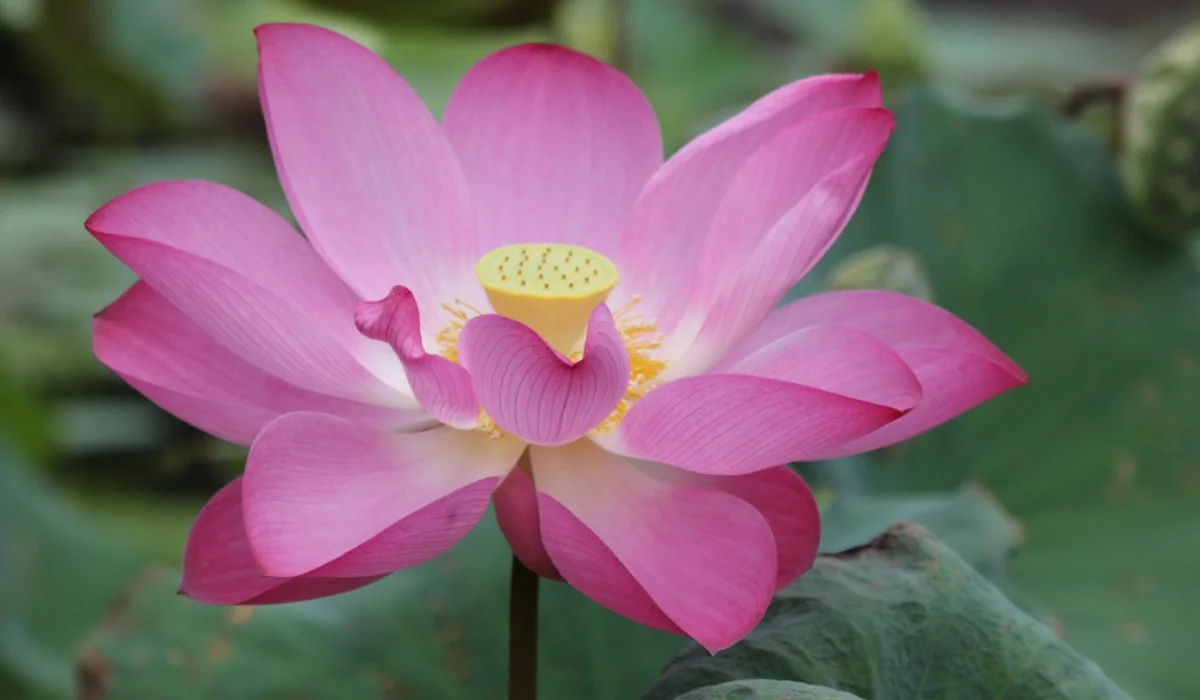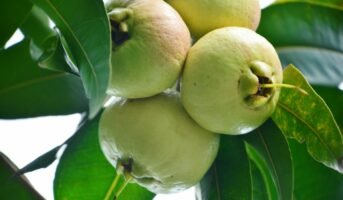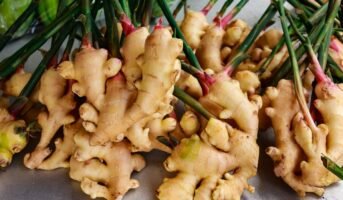The landscape has had flowers dotting it for millions of years. Flowering plants are now one of the most diverse classes of life on the planet, and their enormous size is a clear indication of how far their adaptations have progressed.
You might want to purchase the largest bloom possible while purchasing flowers. Mentioned are top 10 biggest flowers in the world are shown below. Have a look!
Lotus

Source: Pinterest
Scientific name: Nelumbo nucifera
Features: The lotus has a distinctly different structure from the water lily, which is sometimes confused with it. Additionally, it only comes in shades of pink or white, as opposed to the lily’s wide range of colours. The leaves float on the surface of a river or pond, while the roots are buried in the dirt. According to certain research findings, the lotus has the same ability as people and other creatures to regulate its own body temperature.
It grows throughout much of China and nearly all of Southeast Asia, from northern India up to elevations of 1,400 metres (4,600 feet), all the way to East Asia.
Benefits: Medicine is made from flowers, seeds, leaves, and some of the rhizome’s underground stem. To halt bleeding, use lotus blossoms. The use of lotus seeds is used to treat digestive system issues, such as diarrhoea.
Other characteristics: They are a perennial plant that requires a warm, sunny environment. Lotuses prefer water that is between 75 and 87 degrees and get 5 to 6 hours of direct sunlight per day. You’ll probably get your lotus as a tuber.
Magnolia

Source: Pinterest
Scientific name: Magnolia grandiflora
Features: Spreading evergreen or deciduous trees or shrubs known as magnolias are distinguished by big, fragrant blossoms that might have a bowl or star form and come in hues of white, pink, purple, green, or yellow. About 225 species of trees and shrubs of the family Magnoliaceae belong to the genus magnolia, which is indigenous to North and South America, the Himalayas, and East Asia.
Benefits: Weight loss, digestive issues, constipation, inflammation, stress, anxiety, depression, fever, headache, stroke, and asthma are all treated with magnolia. Magnolia flower buds are used to treat headaches, dark spots on the face, sinus pain, hay fever, runny nose, and the common cold.
Other characteristics: Despite their exotic roots, magnolias are actually relatively simple to grow and suitable for a Western environment. The only significant issue is that the timing of their flowering season makes it easy for a late, strong frost to harm the flowers.
Hibiscus
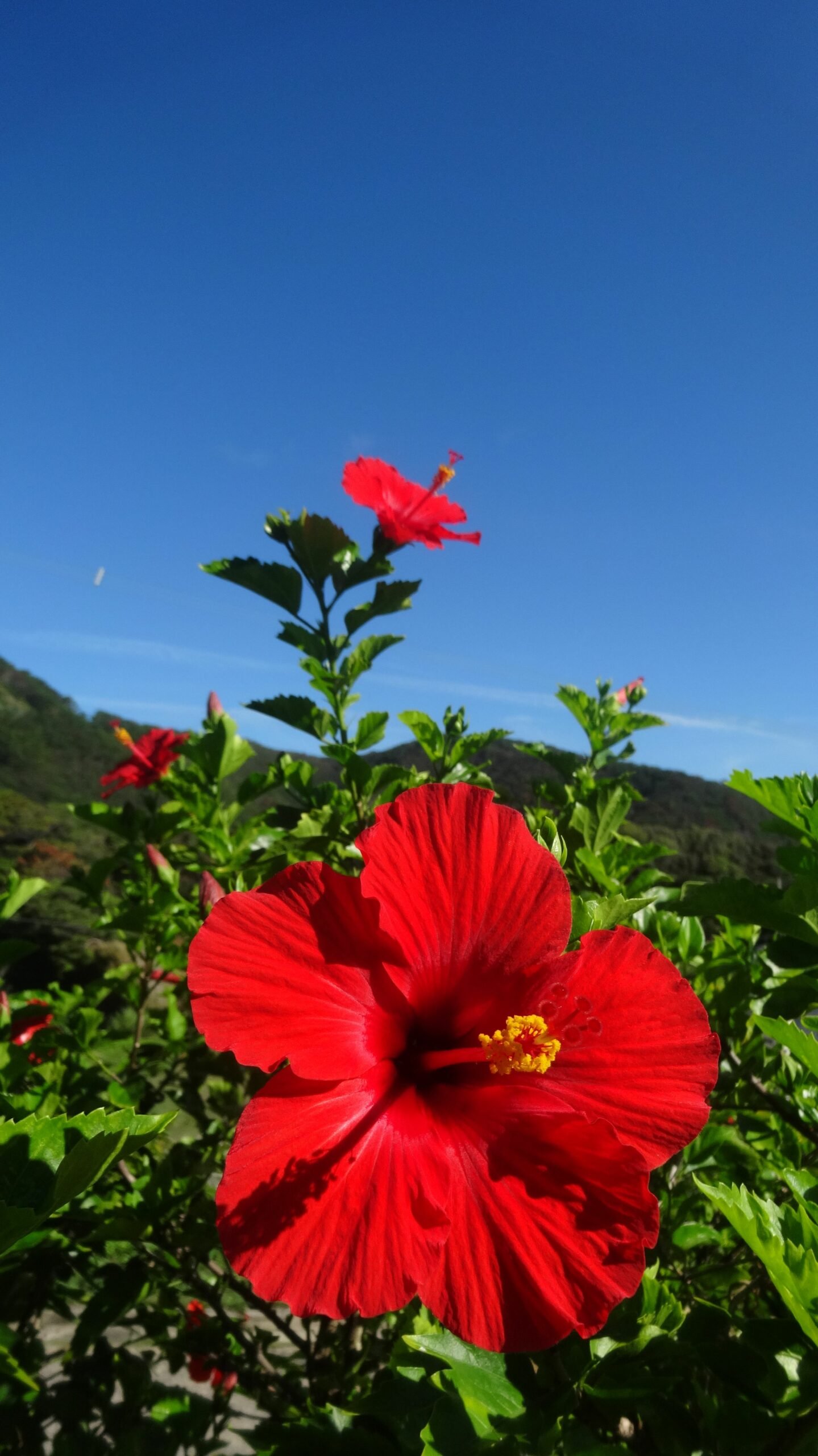
Source: Pinterest
Scientific name: Hibiscus syriacus
Features: An annual or perennial herbaceous plant, hibiscus trees have trumpet-shaped flowers. Hibiscus has been grown for a very long period in China, Japan, and the Pacific islands, but its precise origin is unknown.
Benefits: Hibiscus is a flowering plant that has been used for ages in both decoration and medicine. It has been utilised to create supplements, teas, and extracts.
Other Characteristics: It is safe to have hibiscus plants around kids, toddlers, and newborns because neither the leaves nor the blossoms of the hibiscus plant are toxic to humans. We get more from hibiscus plants than just stunning blooms to adorn our gardens. They are also used as food, particularly when used to make beverages.
Tree peony

Source: Pinterest
Scientific name: Paeonia suffruticosa
Features: Without a doubt, the name of one of the biggest flowers in the world couldn’t be cuter. Tree peonies are enormous and stunning to look at. The Netherlands produces the most cut peonies (more than 40% of the projected total global production), but Alaska is an unexpected new supplier.
Benefits: Peonies may suppress the molecules that contribute to swelling and pain. It may also serve as an antioxidant, stop blood from clotting, and kill cancer cells.
Other Characteristics: The tree peony is a perennial shrub with woody stems. The plants can grow as tall as 1.2 to 1.8 metres on occasion (about 4 to 6 feet). They start to bloom in the late spring. The blossoms come in a variety of hues, including white, lilac, violet, and red.
Sunflower

Source: Pinterest
Scientific name: Helianthus annuus
Features: Typically tall annual or perennial plants, sunflowers can reach heights of up to 300 centimetres (120 inches) in some varieties. They come in a variety of hues, including variegated varieties, from brilliant, cheerful yellow to dark reds to chocolate brown. Sunflowers are perennial and have robust, long stems. Mostly discovered in woodlands, close to waterways, and wet, prairie-like regions. The common sunflower has been grown in Ukraine for many years and is the country’s national flower.
Benefits: Sunflower seed eating has a range of health advantages, such as reducing your risk of acquiring conditions like high blood pressure or heart disease. Additionally, they include minerals that help strengthen your immune system and increase your energy.
Other Characteristics: These flowers are special because they may give energy in the form of sustenance and vitality, qualities that resemble the sun and the energy it gives out in the form of heat and light.
You can consume their seeds, use them as cut flowers, or leave them on the stalk for a lovely outdoor arrangement in your garden.
Puya raimondii
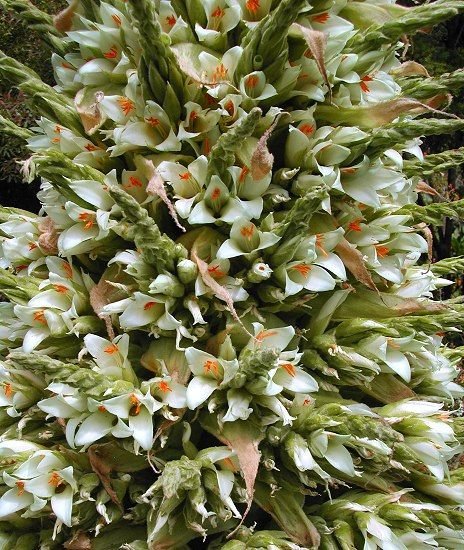
Source: Pinterest
Scientific name: Puya raimondii (queen of the Andes)
Features: The world’s largest bromeliad species is this one. The plant will bloom magnificently. The stalk, which has thousands of blossoms and can reach a height of 10 metres (30 feet), produces 8 to 12 million seeds. It is indigenous to Bolivia and Peru’s high Andes.
Benefits: The plant has been found to have a close relationship with pollinating birds, and because of its capacity to trap birds in its spiky fronds, it has even been theorised to be a protocarnivorous plant.
Other Characteristics: These blooms often have large sizes. These are wildflowers that are 15 m in size and can’t be used as decorations or at the florist’s hospital.
Neptune grass
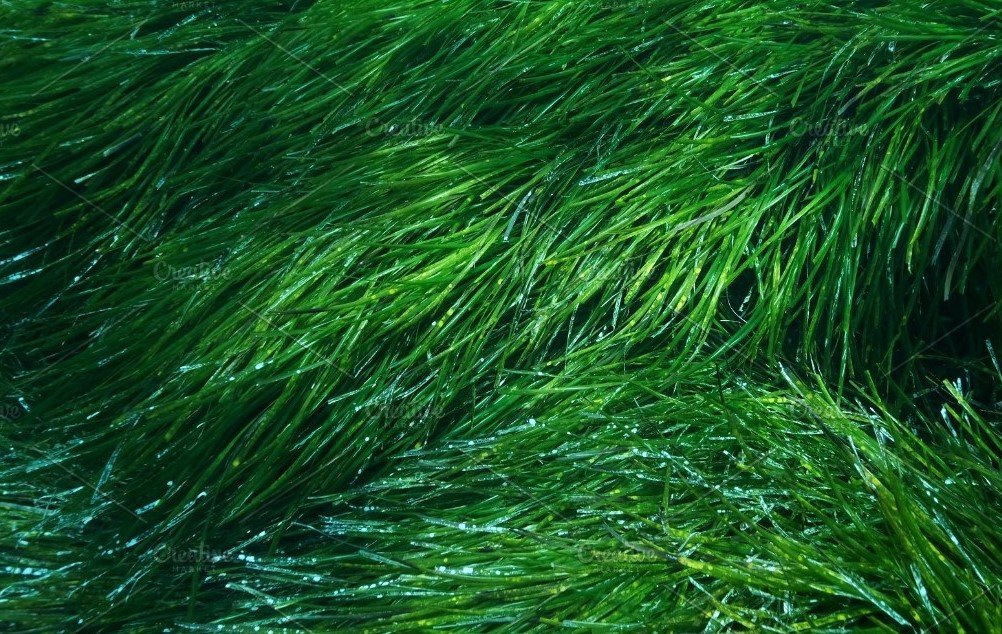
Source: Pinterest
Scientific name: Posidonia oceanica
Features: It creates enormous underwater meadows, which are crucial to the environment. The fruit, which floats freely, is referred to as “the sea olive” in Italy. While all other species of the genus Posidonia are located off the southern coast of Australia, Neptune grass is only found in the Mediterranean.
Benefits: Neptune grass has a variety of advantages, but two, in particular, stand out: it oxygenates the waters and serves as a food source for numerous animal species.
Other Characteristics: More carbon dioxide is absorbed by this amazing marine seagrass than in an equivalent area of the Amazon rainforest. The plant is anchored by specialised stems that go deep into the sand and produce a dense mat of roots. Bright green ribbon-like leaves extend upward from the plant.
Talipot palm
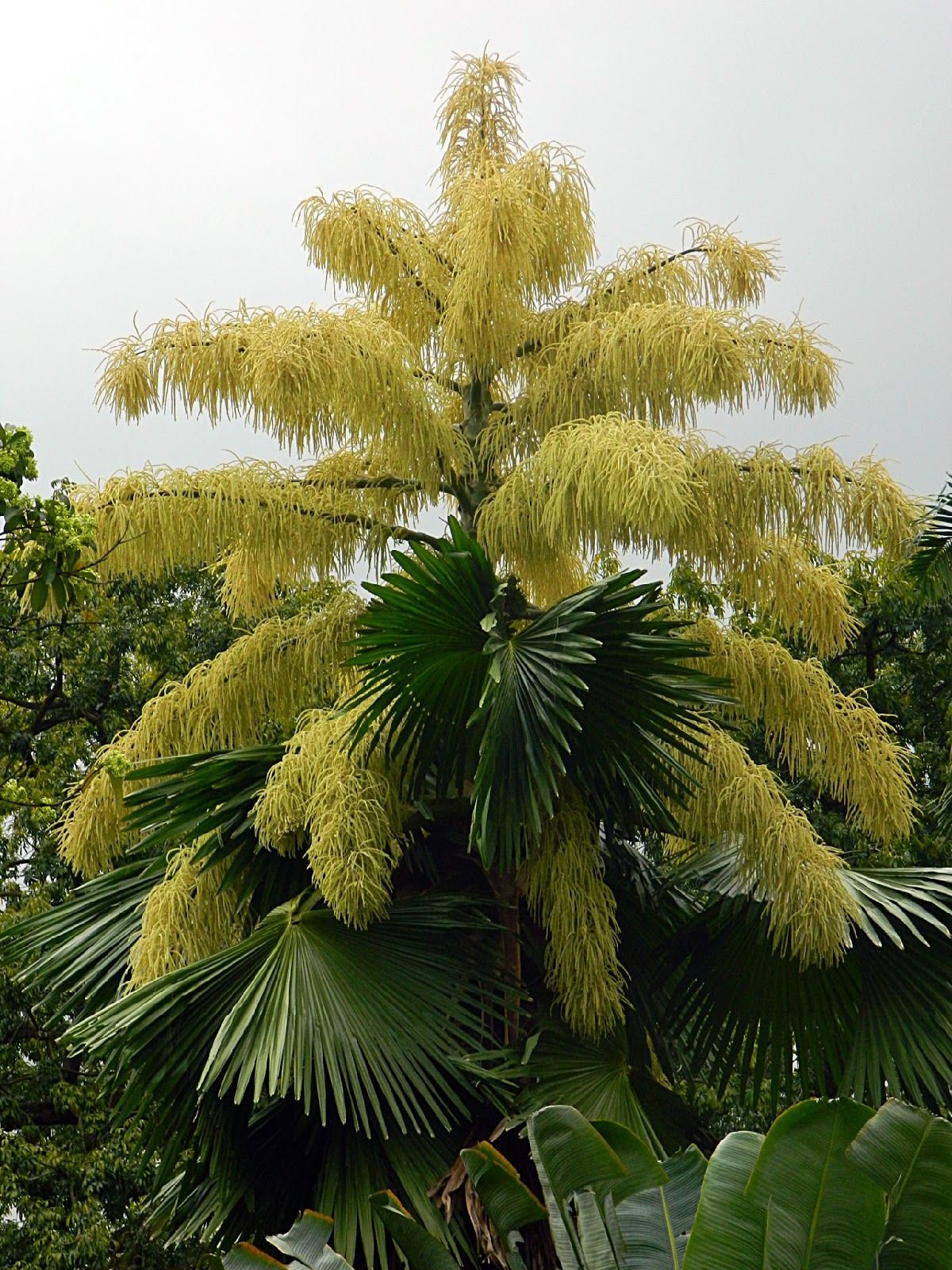
Source: Pinterest
Scientific name: Corypha umbraculifera
Features: It is a plant that blooms and has the biggest inflorescence on the entire planet. It can live for up to 60 years before blooming and producing fruit. It passes away soon after. The Talipot palm is grown in Sri Lanka and South India. Additionally, it is grown in Cambodia, Myanmar, Thailand, and the Andaman Islands, all in Southeast Asia.
Benefits: Their leaves are often utilised to thatch homes and watch towers, protect walls, plait mats, and serve as umbrellas during rainy seasons.
Other Characteristics: One of the biggest palms, the talipot palm, which can grow to a height of up to 25 metres, was frequently used in the past to inscribe holy manuscripts. Traditional healers and soothsayers have started using leaf media in recent years.
Known about: Magnolia Liliiflora
Titan arum

Source: Pinterest
Scientific name: Amorphophallus titanum
Features: It is known as the corpse flower because when it is in bloom, the scent of rotting flesh is so horrifying. This revolting odour is created to draw pollinators that enjoy feeding on and reproducing on flesh. Only the equatorial jungles of Sumatra, Indonesia, are home to the only wild population of the titan arum.
Benefits: Medicine is made from the root. Arum is used to treat colds and throat swelling despite major safety concerns. Additionally, it is employed to encourage perspiration and relieve chest congestion.
Other Characteristics: The world’s largest unbranched inflorescence is the Titan Arum, often known as the Corpse Flower. A floral structure called an inflorescence is made up of numerous smaller individual blooms.
Rafflesia arnoldii

Source: Pinterest
Scientific name: Rafflesia arnoldii (stinking corpse lily)
Features: It has the largest blossoms of any plant, with almost one meter-wide orange and yellow blooms. The Indonesian rainforests are where you can find this unique flower.
Benefits: Women in Peninsular Malaysia use Rafflesia buds to heal fever, reduce internal bleeding, and shrink the womb following childbirth.
Other Characteristics: It is a parasitic plant that lacks any visible stem, roots, or leaves.
FAQs
Which nation produces the most flowers?
The Netherlands produces the most flowers.
What is the growth rate of Neptune grass?
The Mediterranean Sea is the only place where Neptune grass (Posidonia oceanica), an ancient seagrass, can be found. It grows extraordinarily slowly; in fact, experts believe one enormous meadow that is 9.3 miles (15 km) broad has been expanding for tens of thousands, if not more, of years.
What makes Rafflesia perilous?
The Rafflesia arnoldii actually lives totally inside its host, which is typically the root of a huge tree and is classified as a root parasite because it lacks any stems or leaves. In the manner of Invasion of the Body Snatchers, the flower embeds itself into the host using lengthy tissue threads in place of roots.
Housing News Desk is the news desk of leading online real estate portal, Housing.com. Housing News Desk focuses on a variety of topics such as real estate laws, taxes, current news, property trends, home loans, rentals, décor, green homes, home improvement, etc. The main objective of the news desk, is to cover the real estate sector from the perspective of providing information that is useful to the end-user.
Facebook: https://www.facebook.com/housing.com/
Twitter: https://twitter.com/Housing
Email: [email protected]
